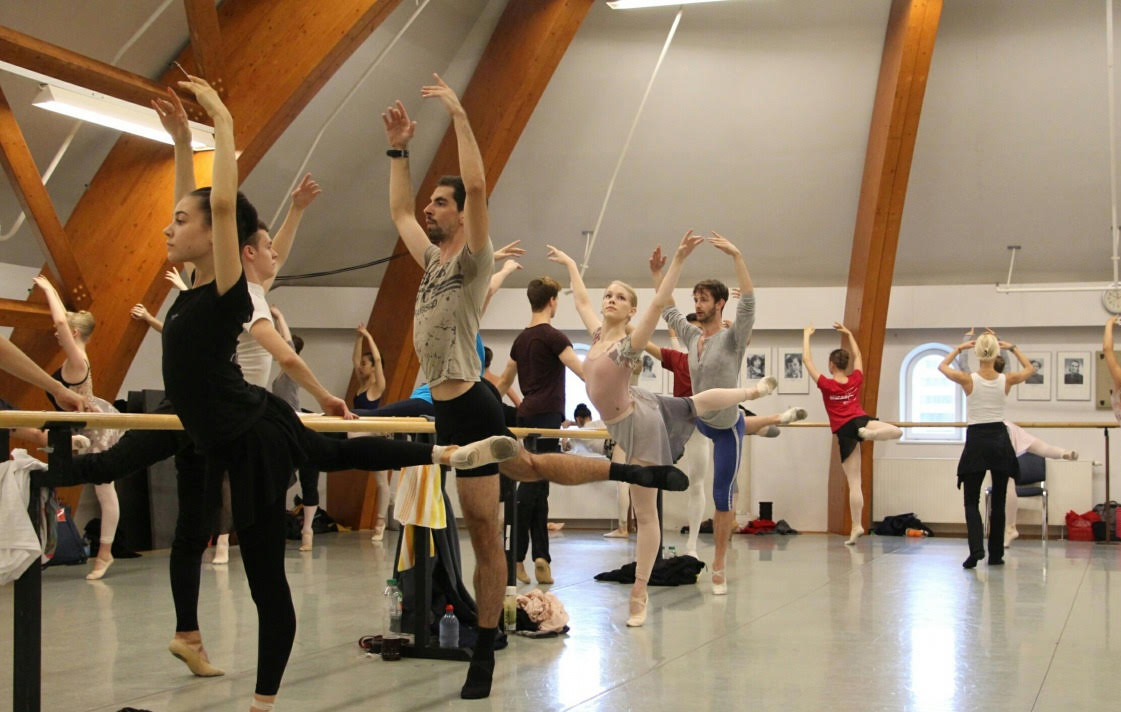Why These Professional Dancers Still Attend Summer Intensives—and Why They Love It
Every summer, thousands of ballet students participate in summer dance programs. But young people aren’t the only ones. You might spot the occasional professional dancers at these intensives, too, using their annual summer layoff to hone their technique or work on areas of their repertoire that they don’t have time for during the season.
Below, four pros share why they still attend summer programs—and why they think more should consider it.
Check Age and Space Limitations
While some professionals simply take classes from their company’s affiliated school, others prefer to branch out. However, that means inquiring with school directors and administrators to see if it’s even possible to enroll, since many intensives have space limitations and age requirements.
Hope Ruth, a New York City–based freelance dancer, notes that European summer programs often have open-ended age limitations that generally accept those ages 16 and up. In those instances, pro dancers can submit audition videos like any other student would, she says. Ruth has attended over five intensives (both virtual and in-person) as a professional dancer, including programs with the Royal Danish Ballet and The Royal Ballet School. During the summer of 2021, she completed one with International Ballet Masterclasses in Prague.
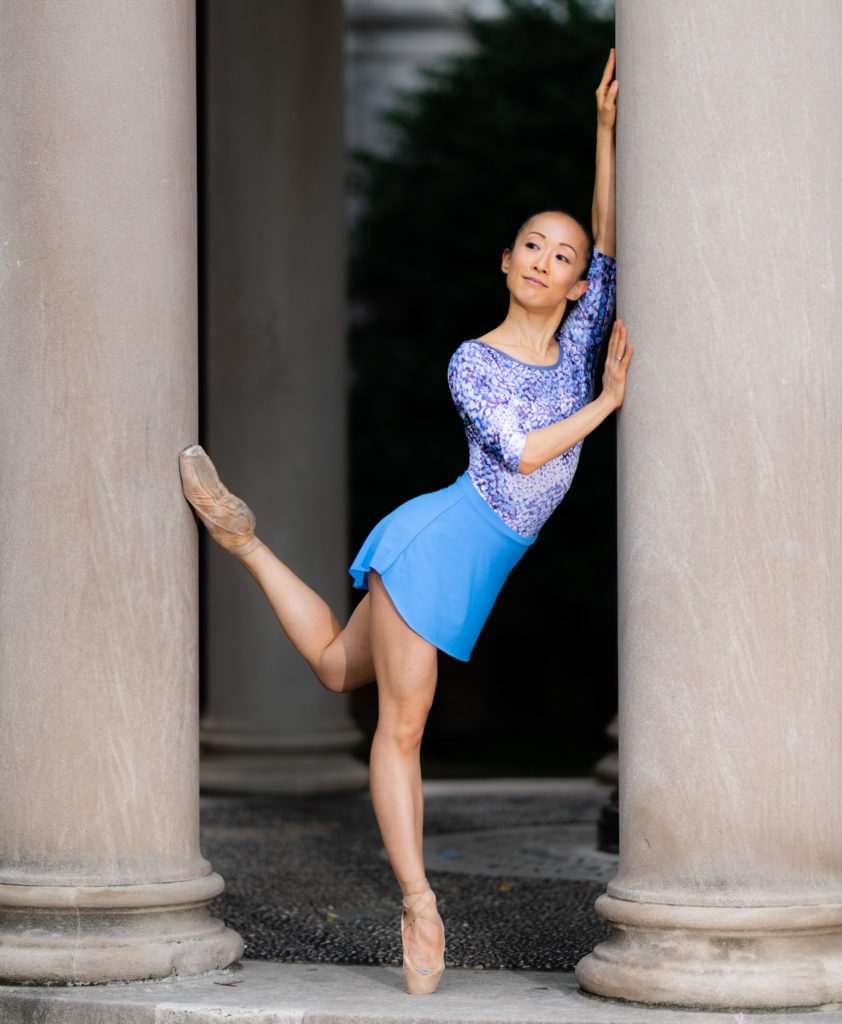
Staying in Shape and Improving Technique
Most ballet companies are off over the summer months, which can cause dancers to lose their endurance. “Summer intensives are the easiest way to stay in shape and get stronger,” says Los Angeles Ballet dancer Linnea Swarting, who attended the International Ballet Summer Workshop Estonia in 2019. At the time, she was switching companies and wanted to stay fit. “I knew it would be a chance to focus on technique and artistry,” she says. Being surrounded by pre-professional students provided extra motivation, she adds. “Their drive and energy inspired me to dance at a similar level, which really helped with stamina.”
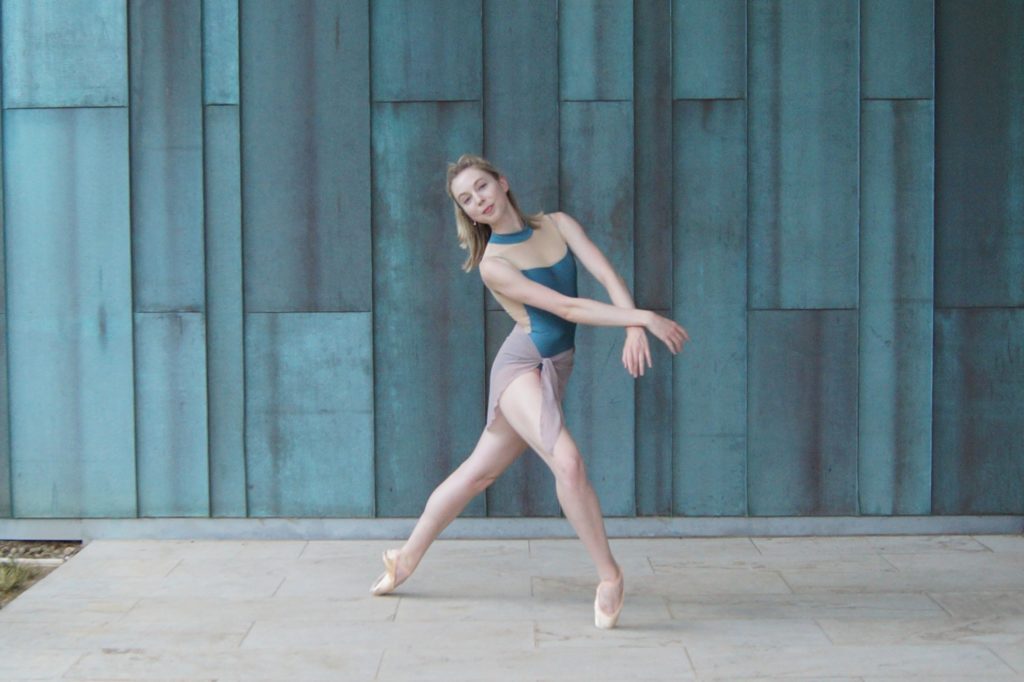
Camille Kellems, a 24-year-old dancer with Nevada Ballet Theatre, attended Central Pennsylvania Youth Ballet’s intensive in 2021. While it was challenging to go back to a more academic approach to ballet, she enjoyed the opportunity to focus on both the foundation and details of her technique. “As a professional, you’re in charge of keeping your technique in check, which isn’t always easy with a heavy schedule of performances,” says Kellems. “But with a rigorous summer program, you have the ability to really advance technically.”
Networking Opportunities
Summer intensives also give pro dancers access to industry superstars. “You’re taking from teachers you would otherwise never get to learn from,” says Ruth. “The right teacher can push a dancer to new heights in a brief amount of time.”
Lucas Castro, a principal dancer with Utah Metropolitan Ballet, agrees. “One of the biggest advantages is knowing that the faculty and directors are there to support you, and that they want you to grow as an artist and human being.” Those connections were a key factor in Castro attending The School at Jacob’s Pillow’s 2021 virtual summer program, which included Annabelle Lopez Ochoa, Luis R. Torres and Julie Kent among its faculty. “This exchange of knowledge with other professionals has brought my dancing to a new level,” Castro reports.
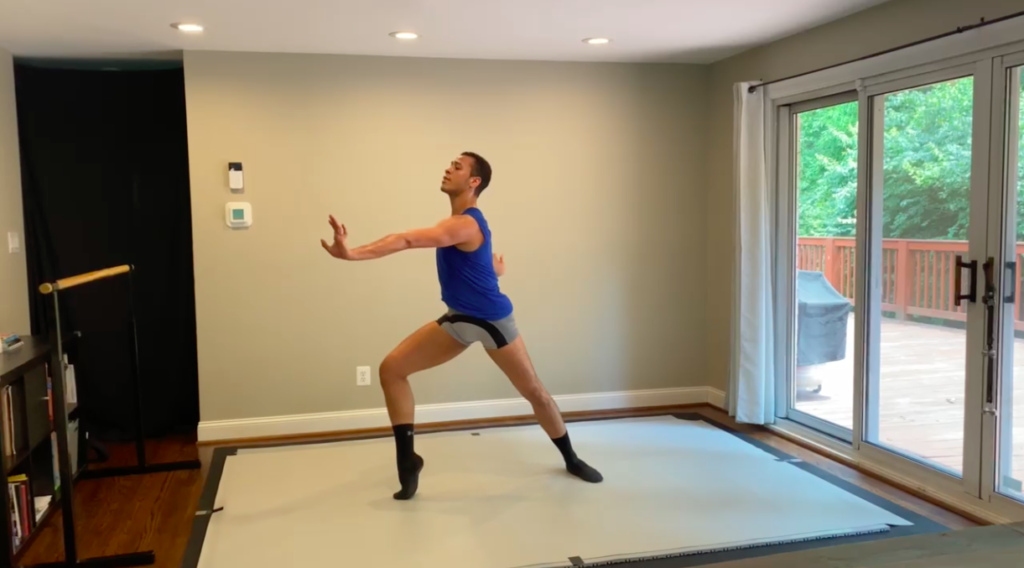
These connections can possibly open new doors for dancers’ careers, too. “Networking is crucial, and getting to know more people in the dance world will only benefit my future endeavors,” says Kellem. Ruth agrees, and has even seen dancers set up auditions with intensive instructors for their associated companies.
Keep In Mind…
Attending a summer intensive as a pro doesn’t come without its challenges. The biggest hurdle for some may be putting away the ego. “You have to be okay with being in class with a 16-year-old and going back to the basics,” says Swarting.
For Castro, who attended three different intensives this year, a positive attitude helped him move past those feelings. Even as a principal dancer, he says, “it was important to be fully committed to the program and open-minded to learning new ways to approach technique.”
Tuition and travel costs can also be a hindrance. Ruth calculates the price of these experiences into her annual budget, and plans ahead by picking up teaching gigs or side hustles. “People spend money going on trips every year, so I just look at summer intensives, especially the international ones, as my annual vacation where I get to dance on the side,” she says.
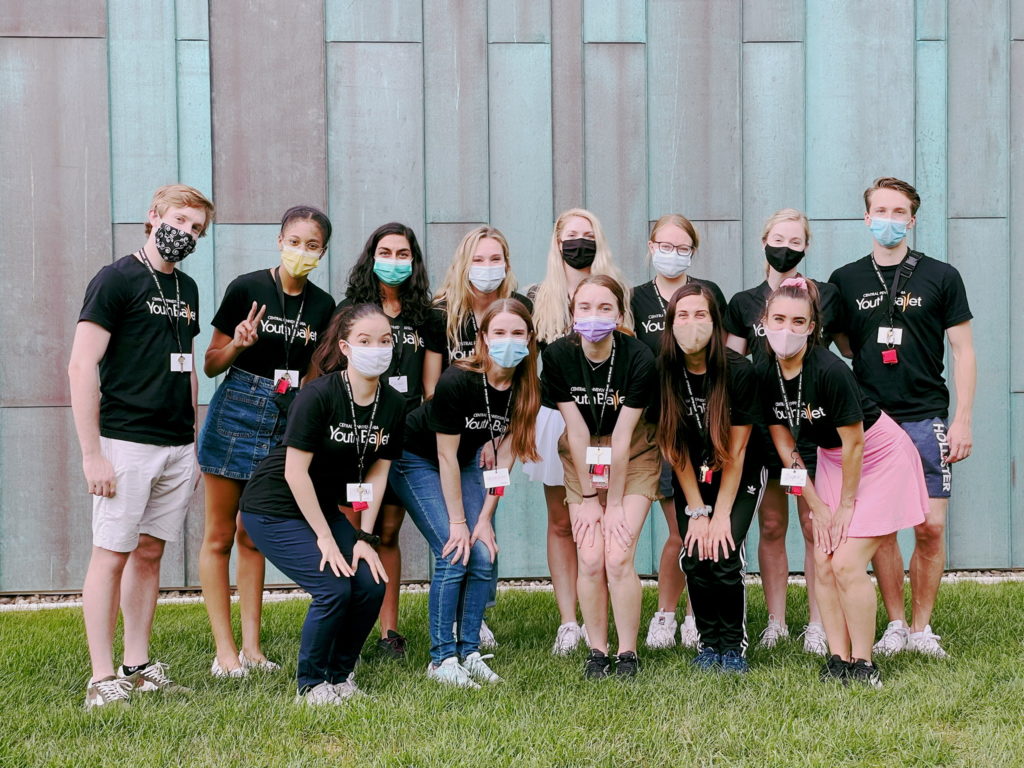
Another way to address the adverse cost is by researching employment opportunities. Kellems worked as a hall director at CPYB, leading a team of resident assistants who watched over 70 girls ages 12 to 15. She had ample time to take classes while also improving her leadership skills. Assisting at an intensive can also be a great way to secure free or supplemented housing. Otherwise many pros stay at hotels or Airbnb’s if they don’t have a friend or relative in the area.
Castro views these intensives, and the price tags associated with them, as a career investment. “Every program I attended this summer brought me something different and molded me into the artist I am today.”
